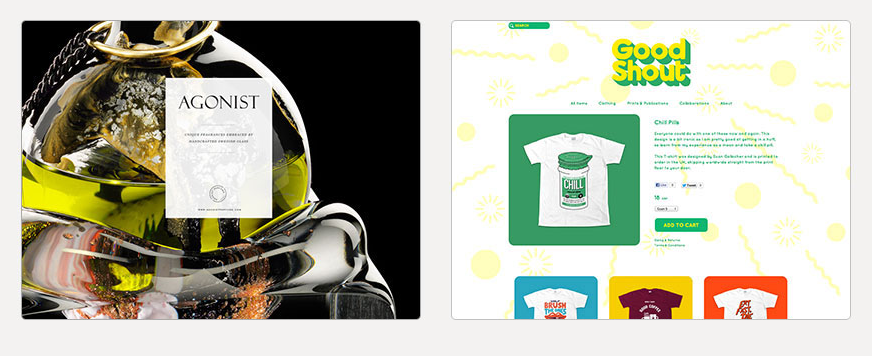Tictail is eCommerce made simple

It should come as absolutely no surprise that something as beautifully designed and as simple to use as Tictail was born in the industrial trendiness of Stockholm, Sweden. In its first 18 months of life, the online shop creation tool has been described by countless blogs and news portals as being the Tumblr of ecommerce. I am going to try and avoid that comparison simply for purposes of originality, but the fact remains that Tictail is one of the easiest and best looking ways to sell stuff online.
Launched in March this year, Tictail is providing what CEO Carl Waldekranz calls a ‘layer of ecommerce‘ for sellers and small businesses so that they can get their products online immediately. It is incredibly easy to set up shop: you sign up with Facebook, Twitter or email, choose your domain name and theme, and then you are pretty much ready to start adding your products. The idea of the platform is to make selling stuff online so easy that the seller doesn’t have to worry about it at all, giving them time to focus on their product or brand.
Carl tells me that Tictail’s secret sauce is in the details. While there are a lot of web platforms designed to provide a way for crafty types to sell their wares – from Shopify to Etsy – Tictail is finding their market by being as simple to use as possible. It’s not about having the most features, but having the right features.
The best possible example of this is Tictail’s feed – the minute you get started with Tictail the feed is there to tell you what to do next. Carl is quick to point out that this is not help a la Microsoft’s Clippy, but more like personal ecommerce assistance. The feed will help you upload your products, promote your page via social media platforms and follow up shipped orders. It will even remind you to tweet if you haven’t done so in a few days. Having that guidance and support is what Carl believes will prevent an online shop from being ‘just a lonely web page on the planet of the internet’.
Tictail is completely free: there are no hidden costs, you don’t pay a setup fee and there is no commission on sales. The monetization will eventually come from ‘Apps’ – add ons to your online store where you can offer your customers extras like discount codes. It is perhaps not the strongest of business models, but Tictail closed a €1.2 million round in October with Balderton Capital and Klause Hommels, so there must be something there worth investing in.
Carl is happy with the market they’ve found in Scandinavia and northern Europe. Tictail has around 7,500 shops online so far and the team is currently working on growing the user base in the UK. They are also working on building their following into a proper community and developing the social aspects of the site, allowing shops to follow and support each other.
The user base is made up of everything from a retired man who is crafting silver jewellery in his spare time to international fashion brand Cheap Monday who used Tictail to host a digital pop up store over the summer. They are looking to hit an indie lifestyle kind of niche, and most of the shops sell art, fashion and design. Carl has set up his own Tictail shop where he is selling things he buys on his overseas travels, and he believes that everyone has something to sell, even if they may not have thought of it yet: “It’s such a rewarding thing to do, I hope that everyone takes the time to do it.”

















Pingback: Tictail is eCommerce made simple - Press42 | From Science to cool toys for big boys and innovation and other articles | Scoop.it()
Pingback: blog network()